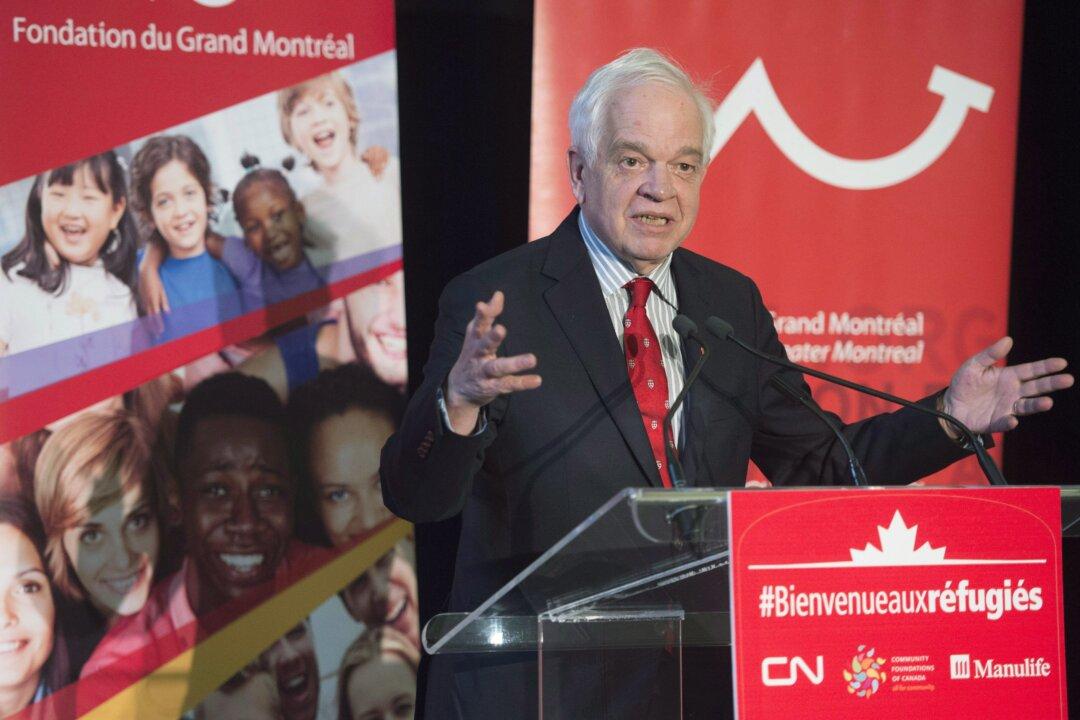News Analysis
In the early morning of Oct. 8, 1970, as Chairman Mao Zedong got wind that his diplomats had reached an agreement with the Canadian delegation on the terms of establishing diplomatic relations, he reportedly laughed and said, “Now we have made a friend in the backyard of America!”





